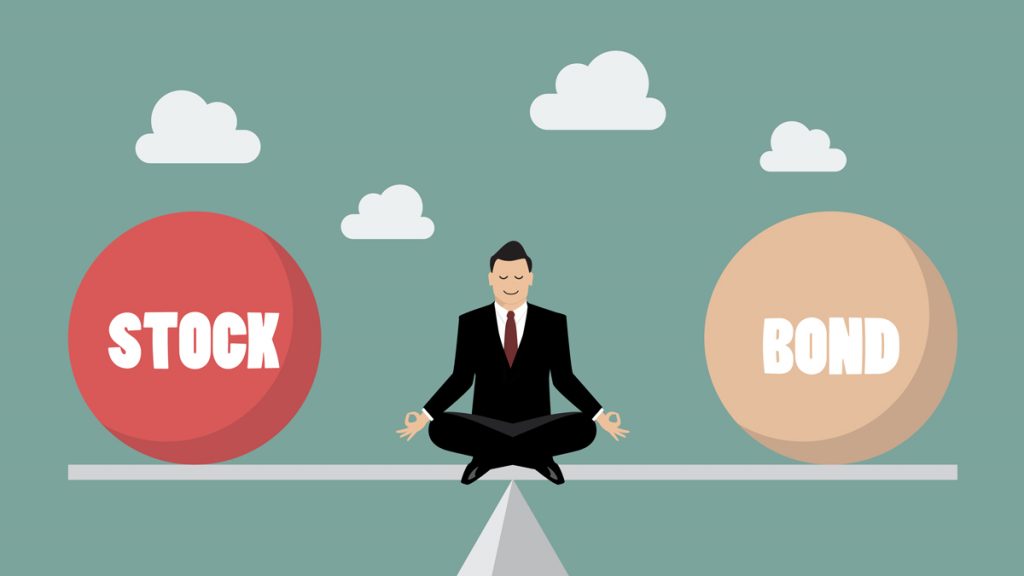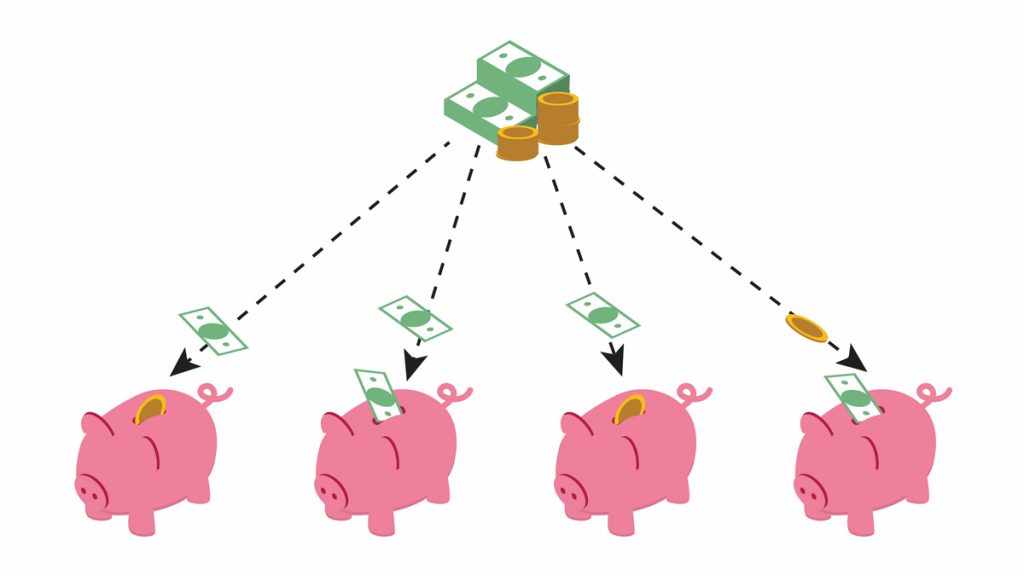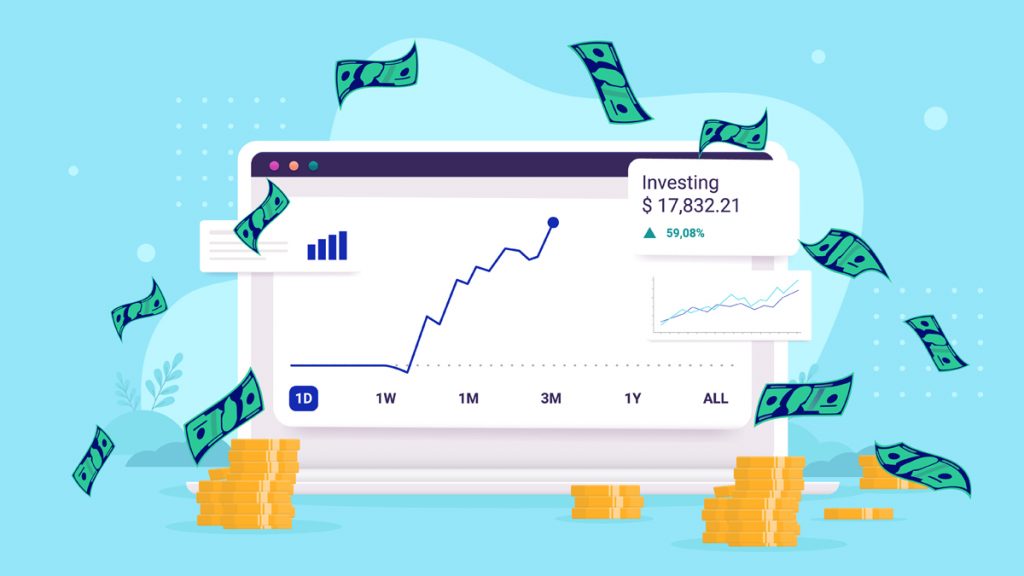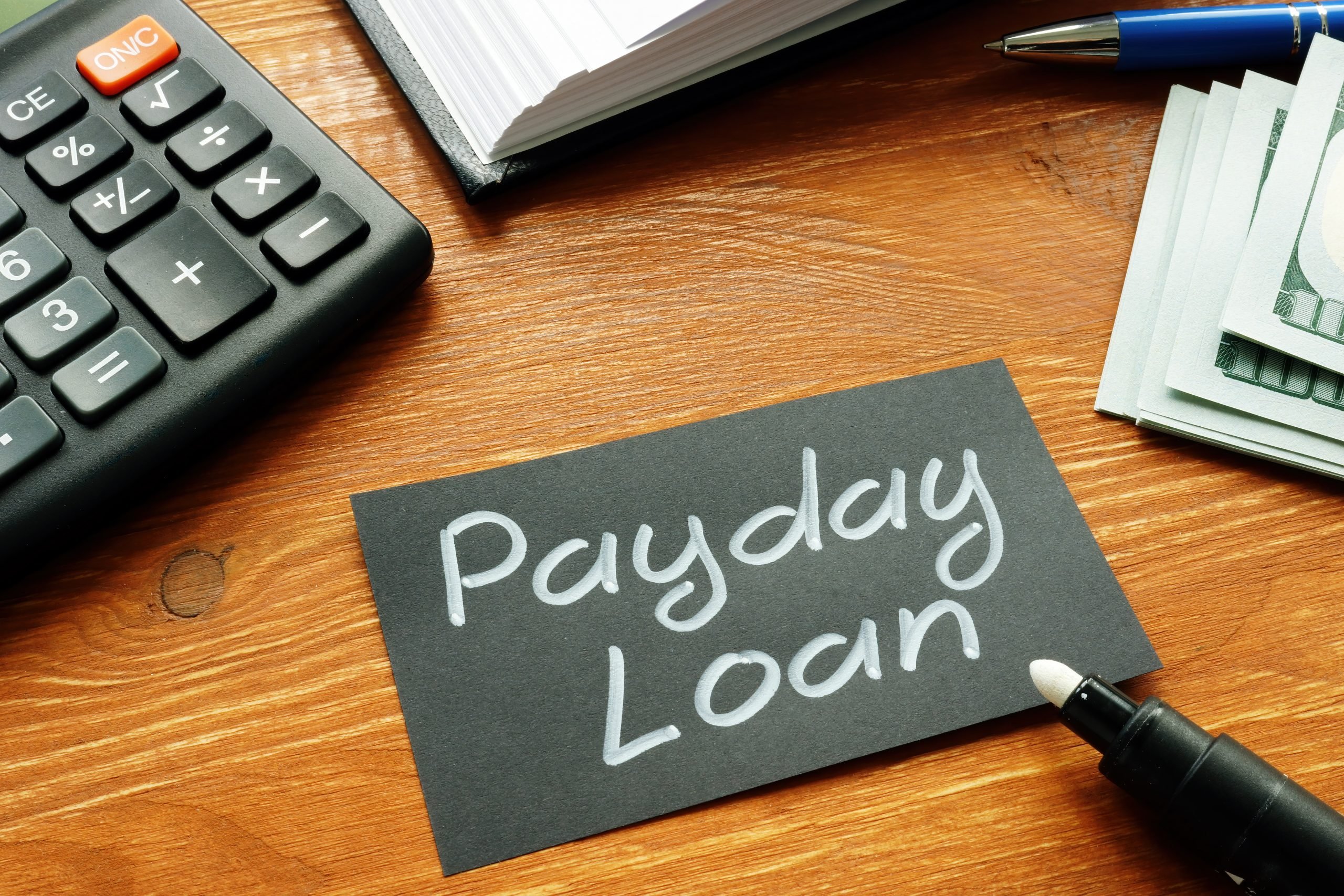Financial Education
Lazy investing portfolio: a beginners guide
If you want a hassle-free investment strategy you’ve come to the right place. Welcome to the world of passive investing. We’ll be your guide.
Advertisement
Start investing today with a lazy portfolio: read our tips!

As with everything in the world of finance, a lazy investing portfolio has a fancy technical name designed to make things look more trustworthy. It’s called a passive investing strategy. Beautiful, right? You’re free to use that next time somebody calls you lazy. “I’m not lazy. I have a passive life strategy.”
Jokes aside, not everyone is nerdy enough to feel intellectually stimulated by analyzing macro and microeconomic data. Keeping track of FED meetings, interest rates, companies’ balance sheets and price action charts takes up a lot of time. Most of us don’t want to plant the tree. We just want the fruit. And that’s fine as long as you know where to find the tree and which trees will give you good fruit, and not poisonous ones.
With investing it’s pretty much the same. You can start investing knowing close to nothing about it. You might even get lucky and reap some great fruit. But if you rely solely on luck, at some point probability will get you. You will eat poisonous fruit and at best suffer with a long-lasting diarrhea.
So if you are not interested in learning how to plant the tree, you must at least know which ones will give you fruit you can eat. Not only that. Sometimes a fruit tree doesn’t look like a fruit tree because it hasn’t grown any fruit yet. You must be able to identify that tree and wait patiently for the fruit to come out. The same goes for investing.
In this article you are going to learn how to build a lazy investing portfolio by spotting the best long-term opportunities, as well as income investments designed to provide a steady source of income with minimum effort.

Start investing in Canada
Learn how to invest and the different types of investments available for Canadians.
What is a lazy portfolio?

A lazy investing portfolio is made up of a collection of investments which require very little effort to maintain. When you think about this kind of portfolio you are not looking to buy and sell stocks frequently. Quite the opposite. You want to live your life doing whatever matters most to you, while your money grows automatically.
One common strategy used in passive investing is known as “buy-and-hold”. This means exactly what it says: you buy stocks, REITs, ETFs or any other financial asset you please, with the express purpose of holding them for a long period of time. This selection doesn’t happen in random fashion. As a rule you want to buy papers from solid companies or funds which have a robust future growth perspective.
There are also income investment strategies like dividend investing. This is when you buy a security not because you expect its price to increase over time (although you must include this in your analysis) but because you want to receive regular payments from these companies. Income investing is one of the laziest investment strategies you will find.
You will be redirected to another website
You’ll receive messages for less than 1 week, with a maximum of 1 message per day. You can unsubscribe anytime by replying STOP. By submitting this form, I confirm that I am 18+ years old and agree to the Privacy Policy and Terms and Conditions. I also provide my signature, giving express consent to receive informational messages via automated emails, SMS, MMS text messages, and other forms of communication. Message frequency may vary as part of our good-faith effort to respond to your inquiry. Message and data rates may apply. Text STOP to cancel. I understand that my consent to receive communications is not a condition of purchase and that I may revoke my consent at any time.
Are lazy portfolios the best?
It all depends on your investment profile. If you are looking for aggressive returns you need an aggressive investment strategy. That doesn’t come without a good dose of research and study. Some people may even feel motivated by more than just the money, but by the drive of understanding the scenario and testing their theses by putting money on the line.
These are people who will sit down with charts and spreadsheets for hours, follow the news on a daily, sometimes hourly basis, and read every piece of information they can get for weeks, months, sometimes years. If you like this kind of challenge, a lazy investing portfolio is not what you want. However, if you are too busy doing something else, go for passive investing, but don’t expect overnight life-changing returns.
How to build one for yourself step-by-step

If you’ve decided a lazy investing portfolio is for you, read on to learn about some of the most popular passive investing strategies used by experienced investors.
Index Funds
With index funds you have access to a balanced lazy investing portfolio containing the biggest companies that make up a stock index. This means you won’t be selecting individual companies based on their performance. Rather, you will be betting on the market as a whole, which has a tendency to grow over the long run.
Some index funds will even pay out dividends. You can just buy them in small increments over a long period of time, and the more you invest the more dividends you get. Just remember that if you’re holding something for the long run you should expect bumps along the way. Don’t despair when others do, and you will do well in the long term.
In his “Little Book of Common Sense Investing”, American investor and Vanguard founder John Bogle makes an excellent case for Index Investing. He says that the best strategy to make consistent returns is owning the entire stock market through index funds or ETFs, and then doing nothing. Just sit back and wait.
Mutual Funds
Building a simple portfolio of Mutual Funds is a good way of delegating your selection of stocks or other securities. There are a number of Mutual Funds you can choose from, some focusing on stocks, others on commodities, currencies, bonds, and there are the ones that invest in many types of securities. With this kind of investing you are able to diversify your investments without having to select them yourself.
A good way of selecting the best Mutual Funds is making sure management has a solid track record of good investments. You can get a nice grip of that by reading about the fund’s managers, learning about their careers and what they have accomplished. You can also try to talk to managers personally to make sure their investment strategy aligns to yours.
One-Fund Portfolio
This is the laziest portfolio ever. You pick one fund, and that’s that. The best way to go about this is to select a balanced fund, usually containing a mix of 60% stocks, 30% bonds, and 10% cash.
For this kind of investing, however, you must double your attention with the fund’s management. People like to say “don’t put all your eggs in one basket”. Even though this is sound investment advice, if you are a lazy investor you should go with Warren Buffet’s advice: “Put all your eggs in one basket, and then watch that basket!”.
Now that you’ve learn all about lazy investing portfolio, take a look at the link below and read all about what it means to go through a bear market.

What does "Bear Market" mean for investors?
Find out what causes them, and what you can do to protect your investments!
Trending Topics

Discover Bank Review: read before applying
Want an ideal financial institution option for you? Check out this Discover Bank review and see if it might be what you're looking for!
Keep Reading
ZippyLoan review: is it worth it?
Read our ZippyLoan review and learn if this company is legit! Up to $15k as loan amount for all types of credit!
Keep Reading
American Express Platinum Review: up to 175K points
Discover everything you need to know about the American Express Platinum credit card, including eligibility requirements and rewards offered.
Keep ReadingYou may also like

What is a payday loan and how does it work?
What is a payday loan? This loan is the best for some aims. Find out about how they work, eligibility requirements, and more.
Keep Reading
Reflex® Platinum Mastercard® Review
Rebuild your credit score with the confidence of a good spending limit! Read our Reflex® Platinum Mastercard® review to learn how.
Keep Reading
Credit Cards for Good Credit: Compare the 4 Top Options
If you have a good credit history, these are the best credit cards to choose from. Compare features and find the card that's right for you.
Keep Reading